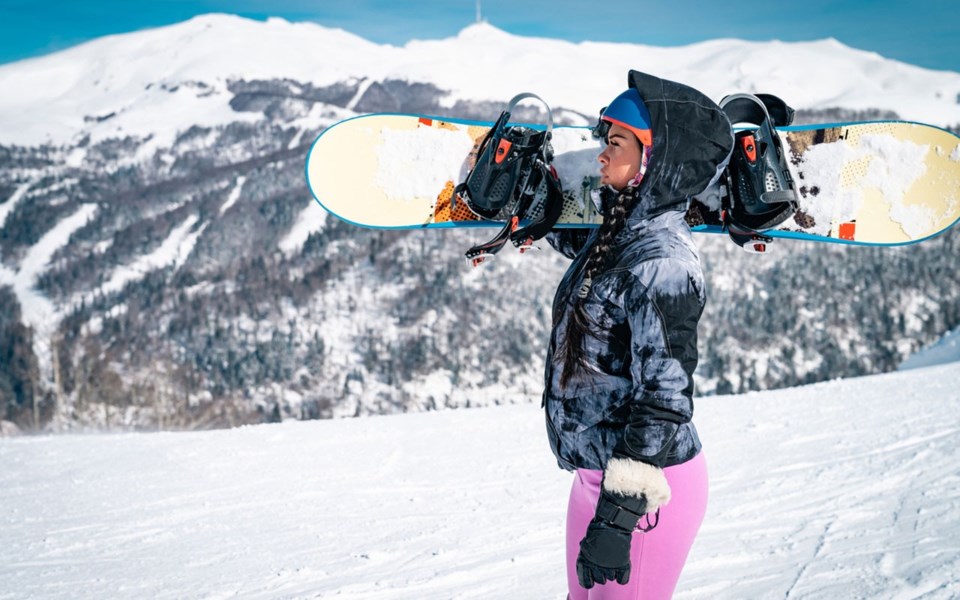Before the first hints of winter are in the air, responsible car owners ensure their ride is fit for the snowy conditions with an engine tune up, fluid check and the proper equipment, such as snow tires.
The same goes for your body, skis or snowboard, if you intend to hit the slopes for some safe and injury-free fun.
To help with that, the experts at Lifemark Whistler Physiotherapy have a checklist to get you ready.
Pre-season training
Bearing in mind that you have been doing different summer activities, Physiotherapist Anna Greenwood recommends you that you ease your body into things with cardio training, strengthening key muscle groups and adding balance exercises.
“Focus on your quads, glutes and core,” she says.
Add in some exercises - such as hopping, jumping and landing - that mimic what you would do on the slopes.
“Incorporate those movement patterns into your training, and make sure you add exercises that work on flexibility and coordination,” Greenwood says.
Address pre-existing injuries
“Make sure you have healed up any previous injuries that may have forced you to develop ways of compensating for them,” says Greenwood. “The pain or instability you may experience after an injury can become a ‘new normal.’ We can teach you a new and efficient way of moving.”
A visit to Lifemark Whistler Physiotherapy for an assessment can help identify those areas of weakness or tension and get you on a better path to being stronger.
Wearing the right equipment
Get your gear out and have it looked over by an expert.
“Lots of people put away their equipment after the season and don’t think twice about what condition it may have been in,” says Zoe Hunt, clinic director. “So, have things like bindings looked at, and make sure any second-hand items are fine and safe to use.”
“Age and any previous damage, those are the things that tell you that you need a new helmet,” Greenwood says.
“It’s one piece of equipment you don’t want to compromise on.” For more information, check out the guidelines at parachute.org
Know your limits
After a long layoff from the slopes, ease your way down the hills, work your way up to the more challenging runs, and know the limitations of your skill level.
“Take a step back and go easy on opening day,” Hunt says.
Beginners also need to get appropriate training.
“Get a professional to teach you, not your friends,” Greenwood says.
For more information on how you can get yourself ready for the slopes, visit Whistler Physiotherapy at lifemark.ca/whistler, or call 604-932-4001.




